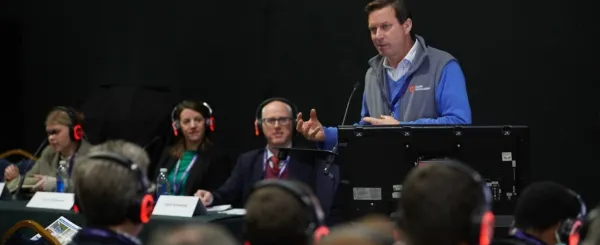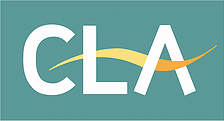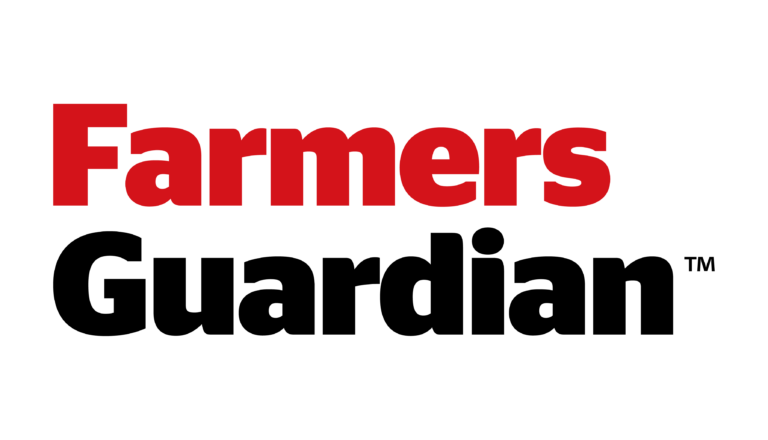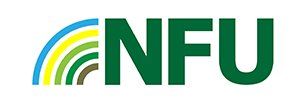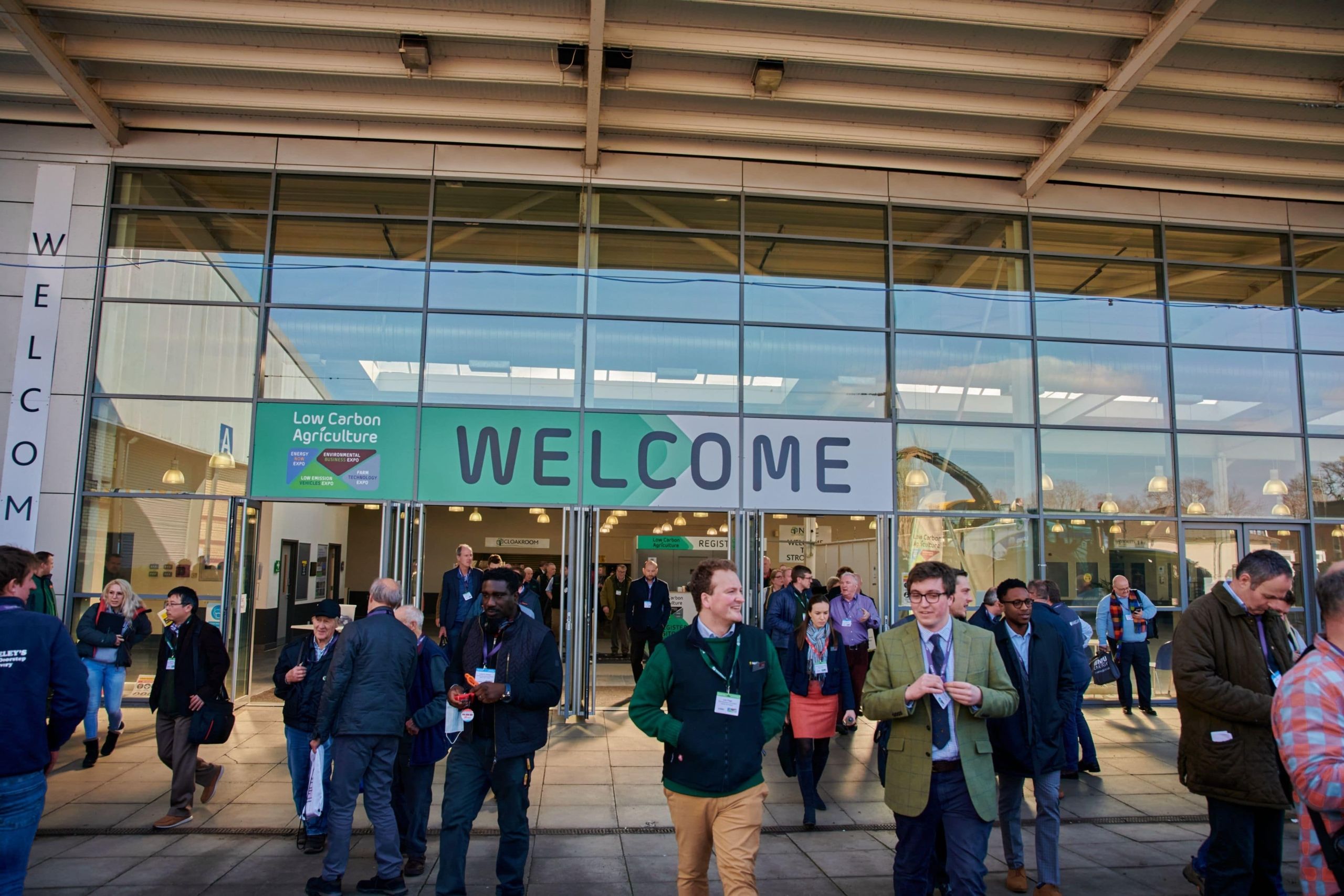What Is the Livestock Information Service And What’s Coming Next?
)
Reporting the movement of livestock from one holding to another has been a legal requirement for some time, but now there are opportunities to build on the current process to improve effectiveness and accuracy of the data.
The Livestock Information Service (LIS) has been developed by Livestock Information Ltd and forms part of Defra’s transformational change programme for the food and farming sector. It has been set up to improve the accuracy and management of livestock movement data to benefit trade and disease control, along with bringing wider industry benefits.
By using modern digital techniques for livestock movement data, the aim is to provide near to real time figures for statutory service purposes for the benefit of government and industry. For example, if there were a disease outbreak in a localised area, the new approach to movement data would allow for a more rapid and effective response to contain the outbreak, in a similar way to how the Covid Track and Trace app was widely used during the Covid pandemic.
This will be achieved through a planned consolidation and transformation of three existing species-specific traceability platforms; sheep/goats (ARAMS), cattle (CTS) and pigs (EAMLS2) into one cohesive digital livestock traceability service. Having this information will allow for better management of the following areas:
- Disease control
- Animal health and welfare
- Food safety and consumer confidence
- Domestic and international trade partner confidence
- Understanding how we facilitate further improvements by gaining industry and consumer insights
This will enable world leading standards of livestock traceability to deliver a competitive trade advantage, making us more resilient and responsive to animal disease, driving innovation and productivity improvements throughout the livestock sectors.
What has been done so far?
In March 2022, the process of transitioning the previous sheep traceability service to the new Livestock Information Service (LIS) was completed, including the launch of the Livestock Unique Identification Service (LUIS) Sheep and Goat ear tag service. Since its launch, the service has made several updates and improvements to the usability of the online platform through direct consultation with users.
In February 2023, the Livestock Unique Identifier Service (LUIS) delivered the new cattle ear tag allocation service enabling the Cattle (CETAS) solution to be decommissioned. The team are now working with industry to introduce the use of the Bovine Electronic Identifier Data (EID) tags across the livestock industry.
In collaboration with the Welsh and the Scottish sheep traceability services, the first iteration of UK View for sheep, goat, and deer went live in December 2023. As the name suggests, this will provide a UK View of movement data for sheep, goat and deer, giving the Animal and Plant Health Agency (APHA) a single consolidated view of sheep across the UK, which they’ve never had before in this level of detail.
What’s next?
The next phase of the programme is to focus on replacing the Cattle Tracing System (CTS) and transitioning cattle movements for England to the new multi-species service. This is currently in the final stage of discovery but timelines are yet to be conclusive. There are still several hurdles to overcome to standardise the current process and get it in line for moving onto the new platform, so consultations are ongoing with industry stakeholders.
Please visit our website for more information https://livestockinformation.org.uk

